Running a B2B ecommerce business today isn’t just challenging—it’s a battlefield.
Keeping up with evolving markets, unpredictable buyer demands and ever-changing technology feels like chasing a moving target.
What worked yesterday is outdated today.
And tomorrow? Well, that’s a whole new game.
B2B buyers no longer tolerate slow, clunky, and outdated systems.
They want the speed of B2C shopping, the precision of enterprise solutions, and the flexibility of ecommerce—all together and more.
If you’re struggling to modernize your B2B business, keep up with evolving buyer expectations, and not get lost amidst disruptive models, you’re not alone.
The B2B landscape is shifting fast, and staying ahead requires more than just an online presence—it demands agility, innovation, and the right B2B platform to power your brand.
In this blog, we’re not just listing the top 7 challenges holding B2B businesses back—we’re giving you actionable solutions to overcome them.
From scalability and expansion concerns to pivoting to disruptive hybrid models, we have covered a broad spectrum of challenges and suggested strategic solutions to future-proof your business.
But before we dive in, let us first check the top B2B ecommerce trends.
Table of Contents
Navigating Modern B2B Ecommerce: Trends, Challenges And Fixes
Modern B2B ecommerce is evolving rapidly, driven by digital transformation and changing buyer expectations. With shifts to self-service portals and omnichannel experiences that enhance customer engagement, multiple challenges continue to create operational bottlenecks.
To stay ahead, B2B brands need agile eCommerce platforms that offer flexibility, efficiency, and a future-ready approach to digital commerce. Also, enterprises need to be ahead of the curve by understanding the latest trends and how they are influencing buyer behaviour.
Here are a few trends to watch out for:
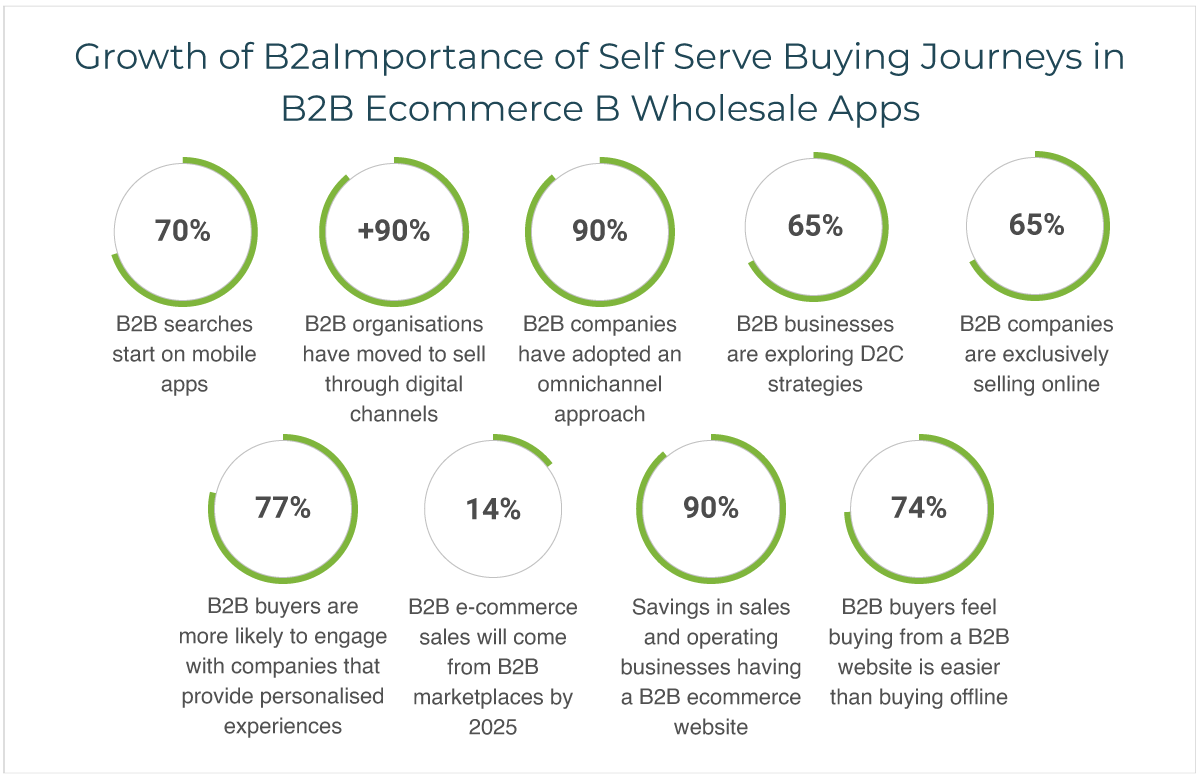
- 70% of B2B searches start on mobile apps
- 90%+ of B2B organisations have moved to sell through digital channels
- 90% of B2B companies have adopted an omnichannel approach
- 65% of B2B businesses are exploring D2C strategies
- 77% of B2B buyers are more likely to engage with companies that provide personalised experiences
- 65% of B2B companies are exclusively selling online
- 14% of all B2B e-commerce sales will come from B2B marketplaces by 2025
- 90% savings in sales and operating businesses having a B2B ecommerce website
- 74% of B2B buyers feel buying from a B2B website is easier than buying offline
Source: McKinsey & Company, Statista, DHL Express
The rapid adoption of B2B ecommerce has made it necessary for businesses to adopt a strong online presence. Going online and offering multichannel shopping experiences not only work wonders for brand visibility, but also keeps your buyers loyal to your brand. Buyers are increasingly looking for personalised experiences and B2B companies are looking for ways to penetrate new markets by connecting with newer buyer segments.
Certainly, the demands from enterprise buyers have changed posing new challenges and a modern approach to solving them.
7 Unique Challenges of Modern B2B ecommerce & How to Overcome Them
B2B ecommerce is booming. And as it happens with every rapid transformation, new challenges emerge just as fast as new opportunities.
From tackling the shifting buyer expectations, managing hybrid business models, and balancing scalability with cost efficiency, businesses must adapt—or risk being left behind. To stay competitive and future-proof your business in the fast-evolving digital landscape, overcoming key challenges is essential.
Let’s explore seven major roadblocks in modern B2B ecommerce and the best ways to tackle them for long-term success.
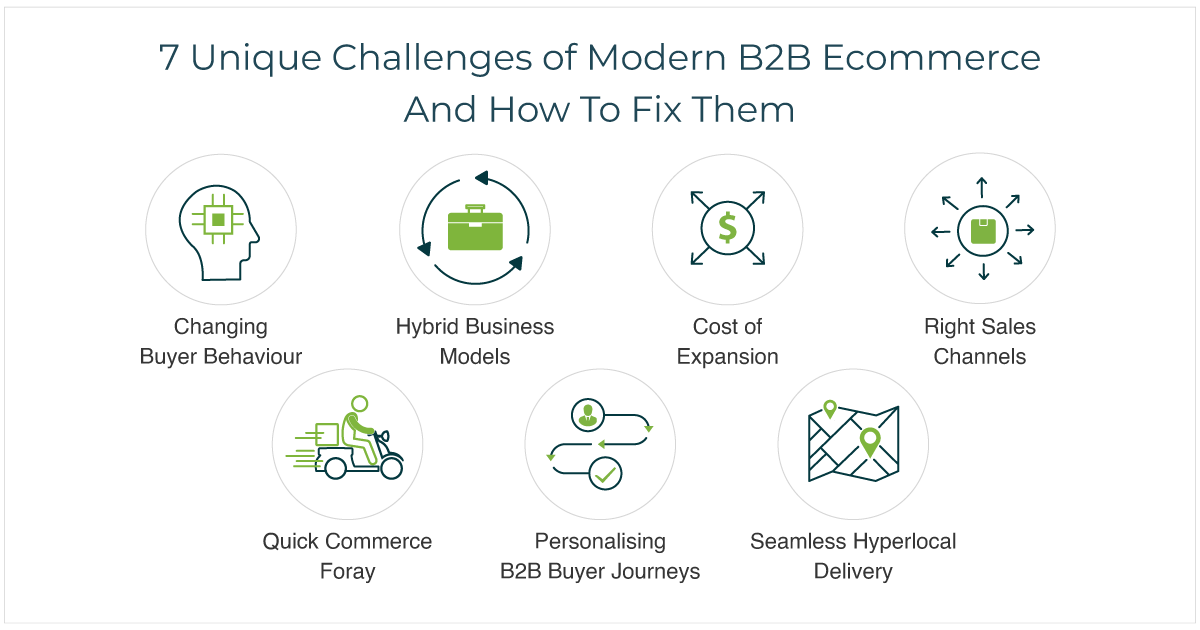
1. Adapting to Changing Buyer Behaviour
B2B buyers are no longer satisfied with slow, traditional purchase cycles. They expect intuitive digital experiences, self-service portals, and personalized interactions similar to B2C shopping. Faster order fulfillment is becoming a critical expectation for the buyers today, pushing B2B businesses to rethink logistics. To stay competitive, enterprises must offer seamless ordering, real-time negotiation options, and quick deliveries while catering to diverse payment preferences and bulk order requirements.
StoreHippo B2B ecommerce solutions help businesses build a marketplace that aligns with the modern buyer behaviour. Built on the decoupled headless architecture, StoreHippo helps you implement multi-level personalizations like creating multiple B2B ecommerce storefronts based on various locations, audiences, or different categories. You can customize your shipping solutions and digital payments and offer localization with multilingual content and personalized pricing, create different store designs, discounts, etc. The RFQ feature from StoreHippo helps buyers request quotes from vendors, get pricing and approve or reject quotes. The B2B vendors can use a 3-way admin-buyer-vendor chat solution to answer queries and close negotiations in real-time. StoreHippo helps streamline logistics with its 30+ pre-integrated logistics solutions.
2. Pivoting to Hybrid Business Models
The traditional B2B model is evolving, and enterprise ecommerce marketplaces can no longer rely on a single business model. Enterprises need to blend multiple business models like B2B, B2C, D2C, etc—to maximize their reach and boost conversions. This shift, however, requires an agile platform that supports different business models, buyer segments, and fulfillment workflows while ensuring a unified experience across all channels. Managing multiple business models without a flexible architecture can become a logistical and operational challenge.
The fully hosted and managed enterprise ecommerce platform, StoreHippo comes with inbuilt support for diverse business models. It also comes with battle-tested solutions to help you build your B2B enterprise marketplace in record time. StoreHippo B2B ecommerce solutions come with native support for various business models that make it easy to pivot to new business models or combine two or more models to create a hybrid business model. With the plug-and-play solutions from StoreHippo, you do not require any additional apps or extensions to build hybrid solutions for your unique business needs. StoreHippo’s flexible architecture supports hybrid commerce, allowing you to operate multiple models from a single platform.
3. Balancing Scalability And Cost of Expansion
Scaling a B2B business requires significant investment in infrastructure, logistics, and workforce. Expanding your enterprise ecommerce marketplace to new regions or adding new product lines demands high operational efficiency while keeping costs under control. Businesses must optimize backend operations, streamline order management, and leverage cloud-based solutions to scale without unnecessary expenses. When expanding to foreign regions, managing multi-currency transactions and region-specific catalogs further adds to the complexity.
StoreHippo’s enterprise ecommerce marketplace platform is built for scalability. The cloud-native architecture from StoreHippo ensures high performance even with large product catalogs and high order volumes. The elastic scalability of the cloud-native infrastructure along with the auto-provisioning of servers ensures that enterprise brands need not worry about peak load tolerance or growing exponentially. The built-in multi-currency and multi-lingual features help you scale your marketplace beyond borders and engage with your buyers seamlessly. You can create multiple language specific sub-stores to offer a personalized buyer journey to your customers. With the multi-currency feature from StoreHippo, you can offer your customers the ease of paying in their local currency, thus making it easy to capture global customers.
4. Choosing the Right Sales Channels
With multiple sales channels—apps, websites, social commerce—you must identify the most effective platforms for maximum visibility and conversions. Selling across too many channels without a strategic approach can dilute brand presence and lead to inefficiencies. B2B ecommerce brands need a data-driven approach to analyze channel performance, optimize inventory distribution, and ensure a consistent experience for buyers. Choosing the right sales channels can be challenging for enterprises without the right set of analytical tools.
StoreHippo comes with a gamut of marketing tools and analytical solutions to help you analyze your customer segmentation and buyer behaviour. You can make data-centric marketing plans for overall business growth and leverage the best-selling channel. Built on decoupled headless architecture, StoreHippo gives the creative freedom to create personalized landing pages, and a consistent buyer journey across channels for your enterprise ecommerce marketplace buyers. With StoreHippo, you can seamlessly integrate with several data tools like Google Analytics, Zoho, etc. that help decide the right market-product-channel mixes for business growth.
5. Planning Quick Commerce Foray
Quick commerce is no longer limited to B2C—it is gaining traction in B2B as well. Businesses dealing in FMCG, pharmaceuticals, industrial supplies, etc, are under pressure to offer same-day or two-hour deliveries. This shift in B2B businesses poses a major challenge as it requires a robust hyperlocal supply chain, smart inventory placement, and last-mile delivery optimisation. Without an agile logistics network, implementing quick commerce in B2B enterprise ecommerce marketplace at scale can be a major hurdle.
StoreHippo’s hyperlocal commerce capabilities make quick commerce feasible for B2B enterprises. You no longer need to set up warehouses and stock them up with inventory. You can use the turnkey marketplace solution combined with multi-store set-up and have your q-commerce brand up and running. StoreHippo’s multi vendor solutions help you onboard multiple local vendors to create a quick commerce setup for your audience. Each of your vendors get a unique dashboard on your dealer-powered marketplace. A separate dashboard helps your distributors manage their product catalog, orders, inventories, returns, etc. Your vendors can seamlessly manage their respective inventories and delivery agents from a common central admin dashboard.
6. Personalising B2B Buyer Journeys Across Channels
B2B buyers expect a personalized shopping experience across websites, mobile apps, and other touchpoints. This includes tiered pricing, tailored product recommendations, and personalised catalogs. A personalized approach not only enhances engagement but also builds trust and loyalty. The future of B2B ecommerce lies in creating hyper-personalized buyer journeys that adapt dynamically based on customer behavior and intent. However, managing such deep personalization across multiple channels without a unified platform can lead to inconsistencies and operational inefficiencies.
With StoreHippo’s advanced personalization tools, you can build a B2B marketplace with pricing override, customized catalogs, and personalized product recommendations. Built on MACH architecture, StoreHippo B2B ecommerce solutions give you better creative control and agility to implement multi level personalizations. With StoreHippo’s built-in features like drag-and-drop design tools, pricing overrides, discount engine, you can implement multi-level personalizations on your marketplace. The price override feature helps you offer personalized product prices based on customer segments and locations. With the built-in discount engine from StoreHippo, you can create personalized discounts and offers for your buyers. You can send out personalized notifications to your buyers with the PUSH notification feature from StoreHippo B2B ecommerce solutions.
7. Building a Seamless Hyperlocal Delivery Network
The rise of hyperlocal commerce has made fast and efficient deliveries a top priority for B2B enterprises. Businesses must coordinate with dealers, distributors, and local fulfillment centers to ensure smooth order processing. Without a well-integrated delivery network, fulfilling hyperlocal demand becomes challenging, leading to delayed shipments and dissatisfied customers. Additionally, managing region-specific pricing, compliance, and logistics partners adds complexity, making it crucial to have a streamlined approach to hyperlocal fulfillment.
With StoreHippo’s 30+ pre-integrated shipping solutions, your vendors can meet modern buyer expectations with fast and efficient hyperlocal deliveries. Vendors on your quick commerce platform can also manage their own fleet of delivery boys with the built-in delivery boy management solution from StoreHippo.
Conclusion
Modern B2B ecommerce is evolving rapidly, and businesses must proactively address its challenges to stay ahead of the competition. From adapting to changing buyer behavior and managing hybrid business models to scaling efficiently and ensuring seamless hyperlocal deliveries, every aspect of B2B selling requires a strategic approach.
StoreHippo B2B ecommerce solutions empower businesses to build a B2B marketplace that is agile, scalable, and future-ready. The StoreHippo ecommerce platform offers 300+ inbuilt features and tools to help you create conversion-friendly B2B marketplaces and overcome the challenges posed by modern B2B ecommerce. With StoreHippo’s scalable architecture and enterprise-grade capabilities, you can cater to diverse buyer segments and manage complex B2B business operations.
Ready to tackle the modern B2B ecommerce challenges with StoreHippo? Explore the wide range of features by starting your 14-day free trial now.
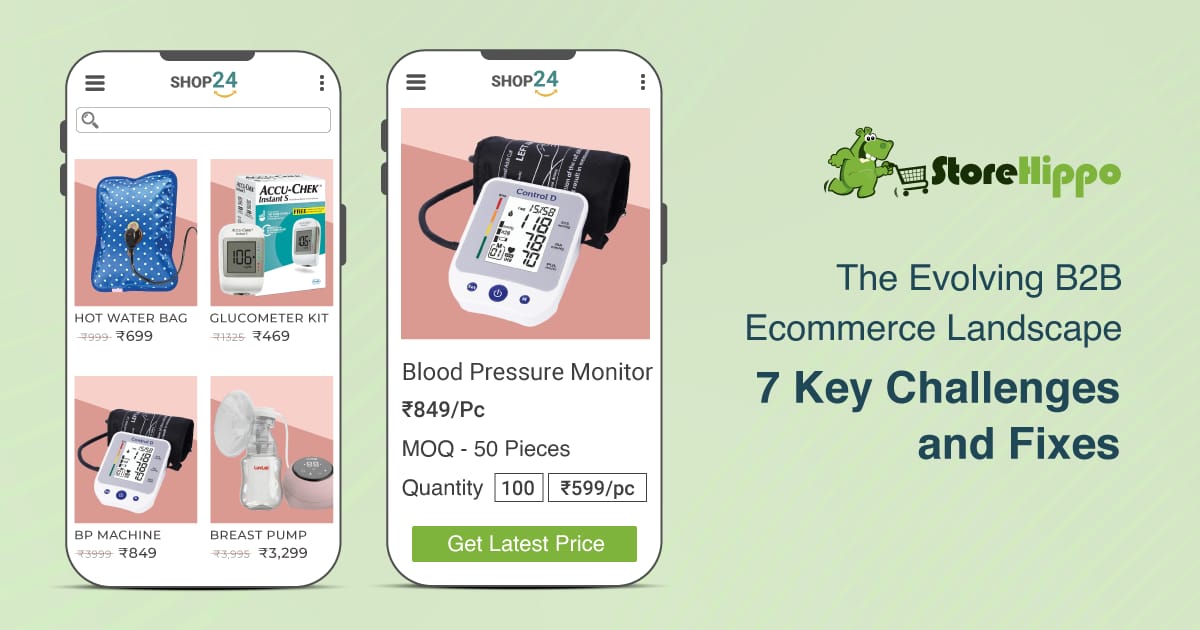

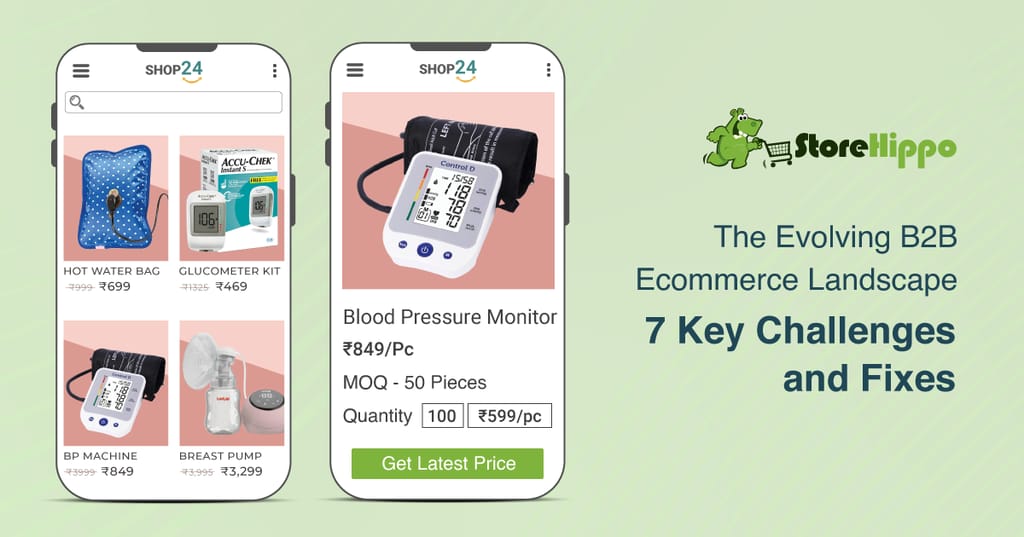













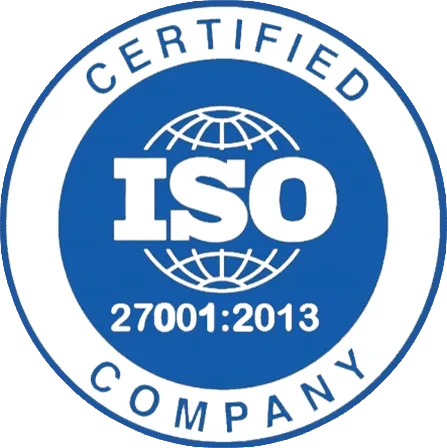





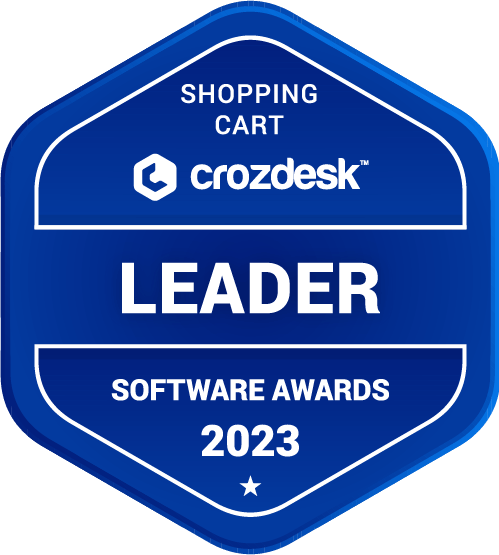
Leave A Comment